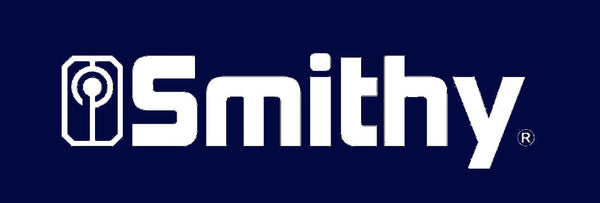|
POWER HACKSAWING Layout Power hacksaw machines are primarily intended for straight line cutting of stock to specific lengths. Laying out the workpiece consists of measuring the length to be cut and indicating the position for the cut by scribing a line on the stock. Mounting Before mounting the stock to be cut, the vise should be checked for squareness with the hacksaw blade. Place a machinist's square against the blade and the stationary vise jaw. Adjust the jaw, if necessary, at 90° to the blade. If the workpiece is to be cut at an angle other than 90°, loosen the vise and swivel it to the desired angle, measuring the angle carefully with a protractor. Stroke Move the blade frame and hacksaw blade by hand through one draw stroke and one return stroke. Observe whether the stroke is centered on the work and if the blade holders will clear the workpiece at the end of the stroke. Readjust the position of the vise if the stroke is not centered on the workpiece. Shorten the stroke if the blade holders hit the workpiece at the end of each stroke. >Stop gage Use a stop gage to speed up mounting stock when several pieces of the same length are to be cut. Mount the first piece in the vise and align with the hacksaw blade to cut at the scribed line, When the workpiece is correctly positioned, move the stop gage up to the end of the workpiece and lock it in place. Cut subsequent pieces by moving the stock up to the stop gage and clamping the workpiece in the vise at this position. Vise The vise must be securely tightened on the workpiece to prevent loosening during cutting. Blade breakage might result from shifting workpieces not clamped tightly in the vise. |
HORIZONTAL BAND SAWING MACHINES The stock should be measured and the position of the cut machinist's square or a protractor against the bandsaw blade and the stationary vise jaw. Position the stock in the vise so that the saw blade aligns with the scribed line on the stock. If. more than one piece is to be cut to the same size, move the stock stop arm against the end of the stock and lock it in place. Additional pieces can then and moved up against the stop to produce pieces equal in length to the first piece VERTICAL BANDSAWING MACHINES When laying out workpieces for vertical band sawing operations, consider the size of the stock in relation to the clearance of the band saw machine column. For straight-line sawing the clearance is easy to judge, but for contour sawing of large size stock, the directions of cut must be carefully figured to prevent the stock from hitting the column. If a small section is to be cut from a large sheet of metal, the section should be roughly cut oversize from the sheet and then carefully cut to the prescribed outline. CIRCULAR SAWING When a circle or disk is to be sawed using the disk cutting attachment, lay out the circle on the stock as follows:
CONTOUR SAWING When an outline to be cut consists of more than two intersecting lines, the following procedure should be followed.
|
|
|
|


Figure 7-15. Hole lay-out for contour sawing.
- Featured
- Best selling
- Alphabetically, A-Z
- Alphabetically, Z-A
- Price, low to high
- Price, high to low
- Date, old to new
- Date, new to old
No products found
